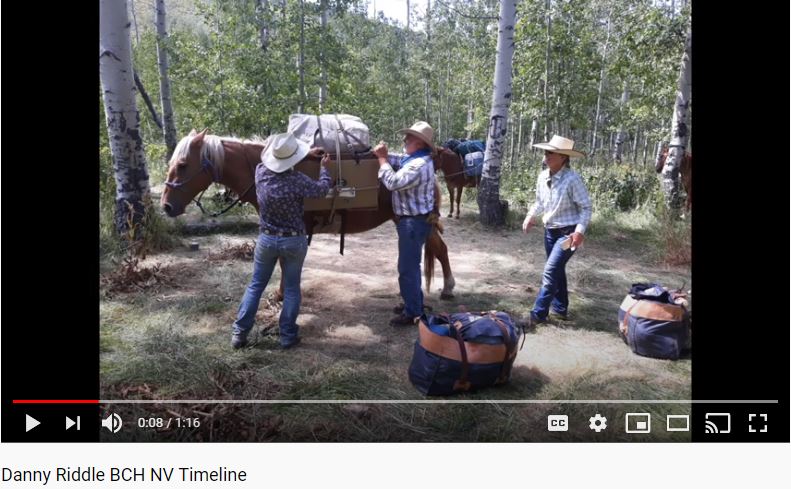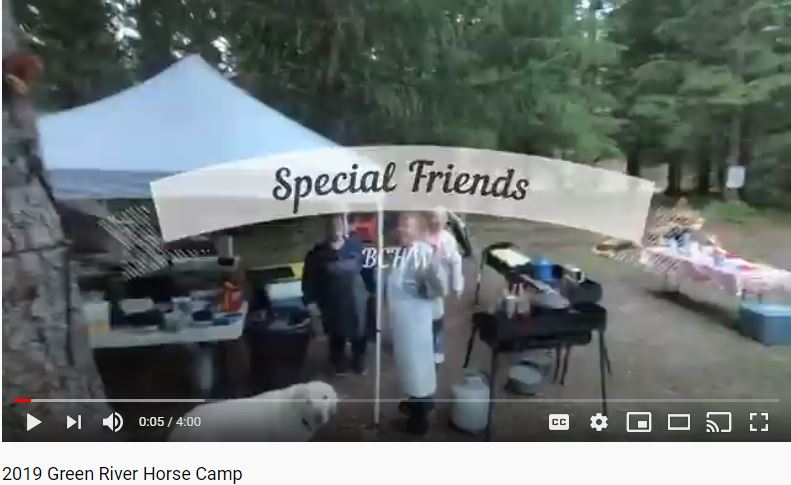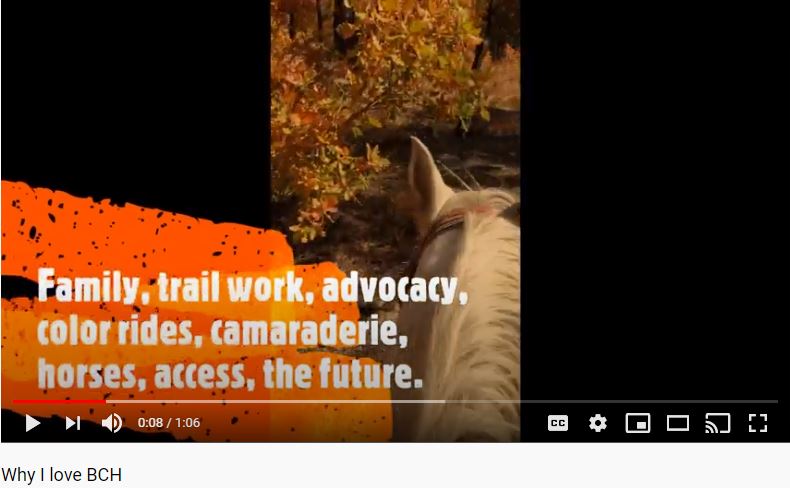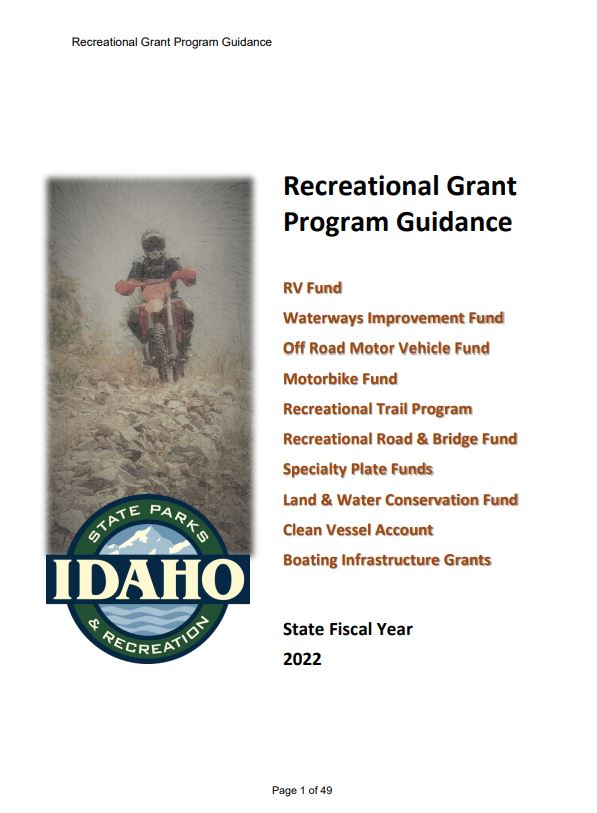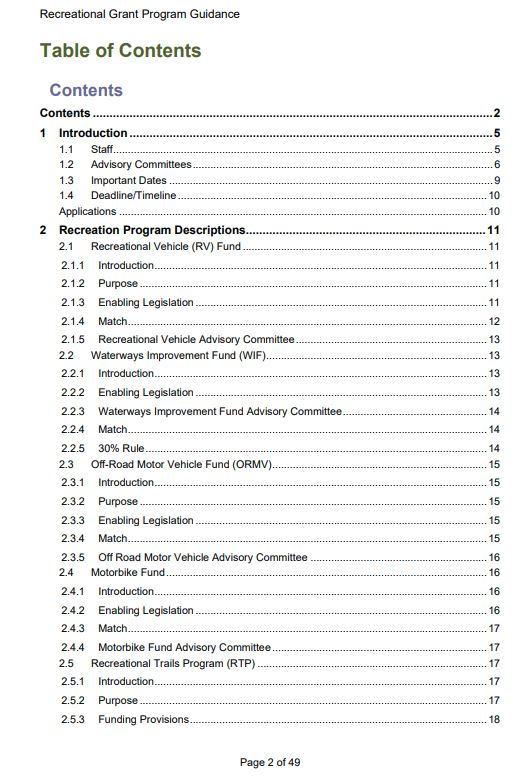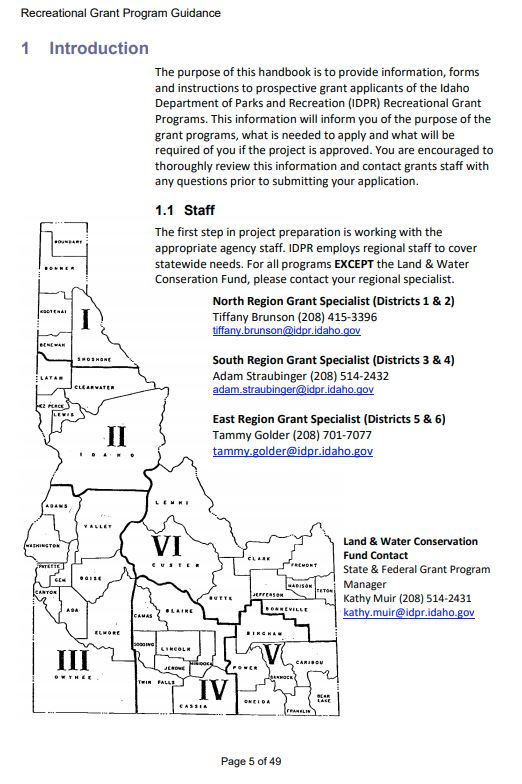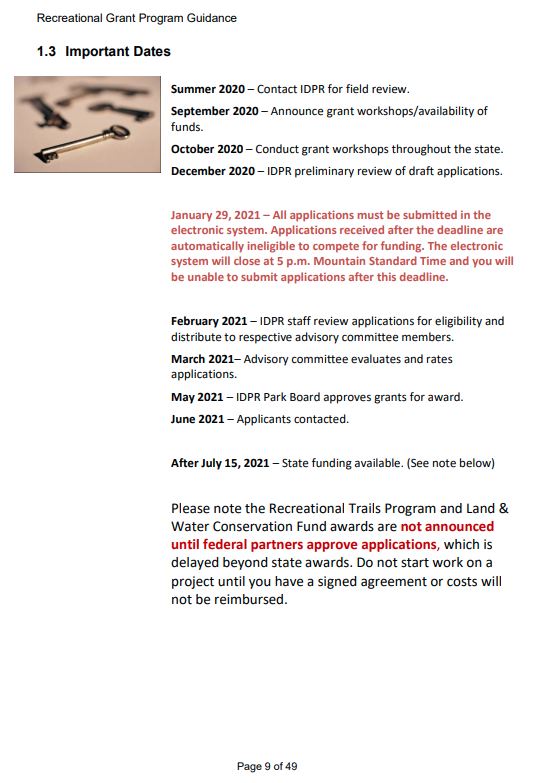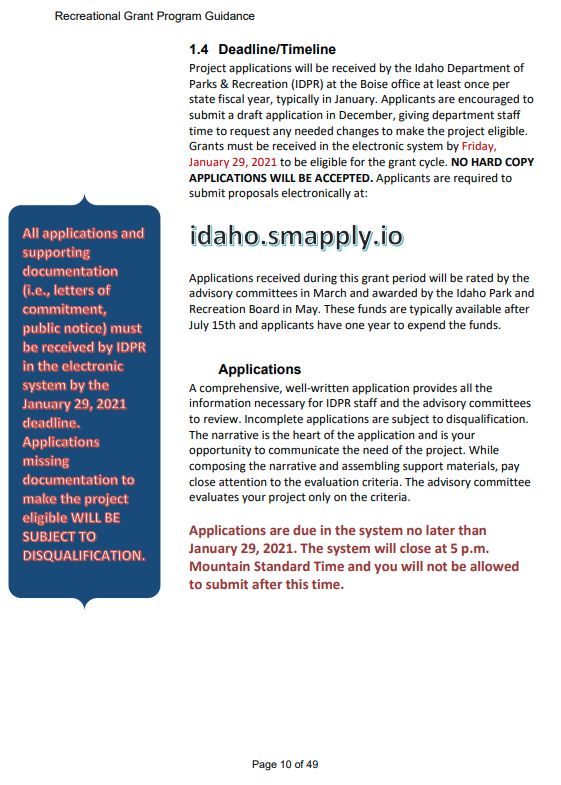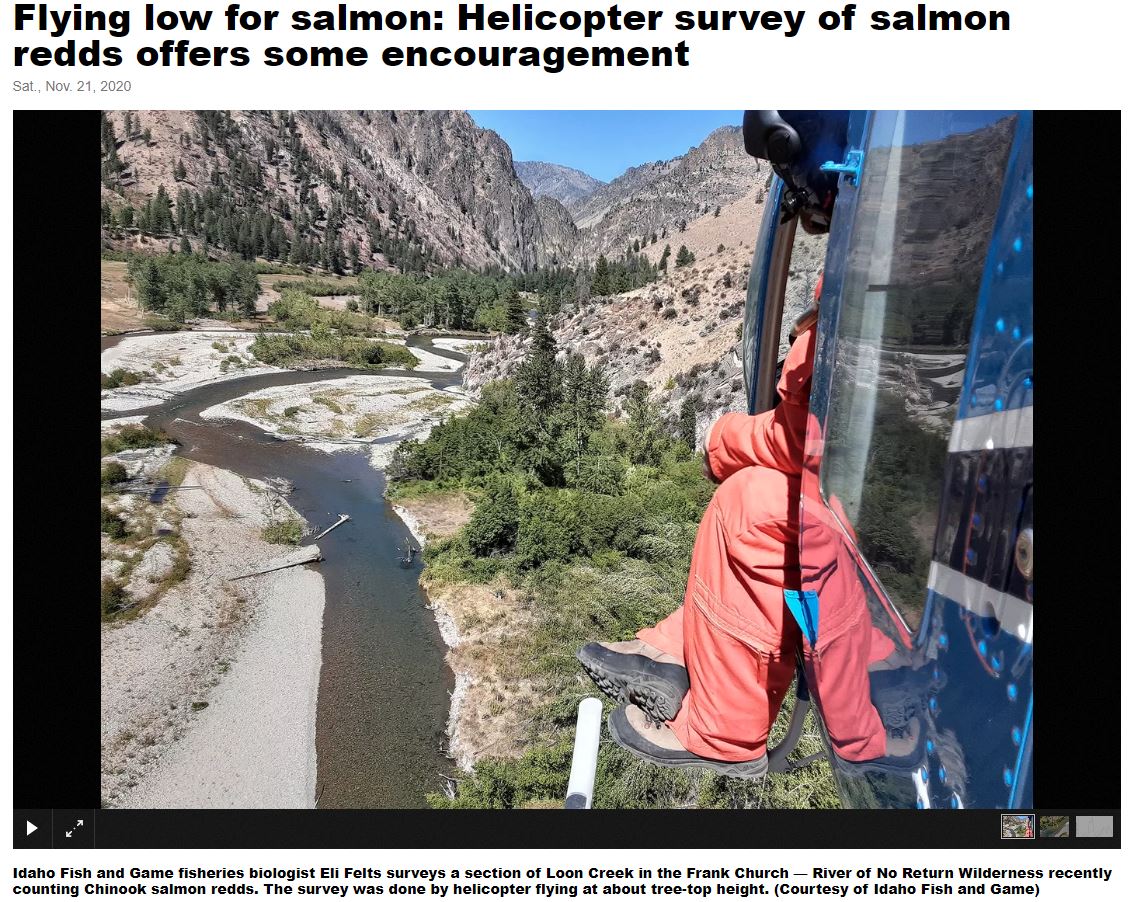
By Jerry Painter – The Post Register
Each year in late summer/early fall, chinook salmon travel more than 800 miles back from the ocean to scoop out gravel nests in the small streams of the central Idaho wilderness and deposit their eggs.
Idaho Fish and Game biologists are literally hovering over the streams and taking notes.
Fish and Game recently completed its 460-mile aerial helicopter survey of chinook salmon redds in the Frank Church – River of No Return Wilderness along the Middle Fork of the Salmon River and its tributaries. For five straight days, biologists flew at tree-top height above streams to count redds. What they found was encouraging.
Biologists counted 467 nests, better than last year’s 161.
“It’s a definite improvement over last year,” said fisheries biologist Conor McClure who participated in the count. “Still below the (average) of the past 25 years. That’s kind of the way it goes. You have peaks and valleys. It was up this year, and we hope it will continue.”
Redd numbers have peaked at more than 2,000 back in 2003. The past four years have seen counts plummet to a few hundred or less. Last year’s count of 161 was one of the lowest since the surveys began. Fish and Game said information collected during the surveys helps make predictions about future returns, monitor trends over time, and guide management decisions.
McClure said recent alarms of plunging salmon numbers have Idaho Fish and Game working to improve habitat to help chinook produce more fish.
“One thing I can say that we are doing here and have been doing for a long time is habitat improvement,” he said. “There has been some research that has indicated that one thing that could benefit the population that we can control on our end is natal habitat for juvenile chinook.”
McClure said projects to improve nursery streams for fish are underway in the Lemhi, North Fork of the Salmon and Pahsimeroi rivers and tributaries.
“There are a lot of factors that affect (salmon),” he said. “Commercial fishing, dams in terms of out-migrating and return has an influence, ocean conditions, recreational fishing, predation, things that can and do affect them. On our end our big thing is restoring habitat.”
Salmon deposit 4,000 to 15,000 eggs in each redd, but after hatching and traveling to the ocean and back through a gauntlet of hazards, “only a handful return from each redd,” McClure said.
“It’s a numbers game for fish,” he said. “That’s how they do it. Instead of having one young to nurture to the ocean and back, they throw out a bunch of eggs so that some will make it back. In terms of biology, if they are at least replacing themselves, then it works. If they do better than that, the population grows.”

